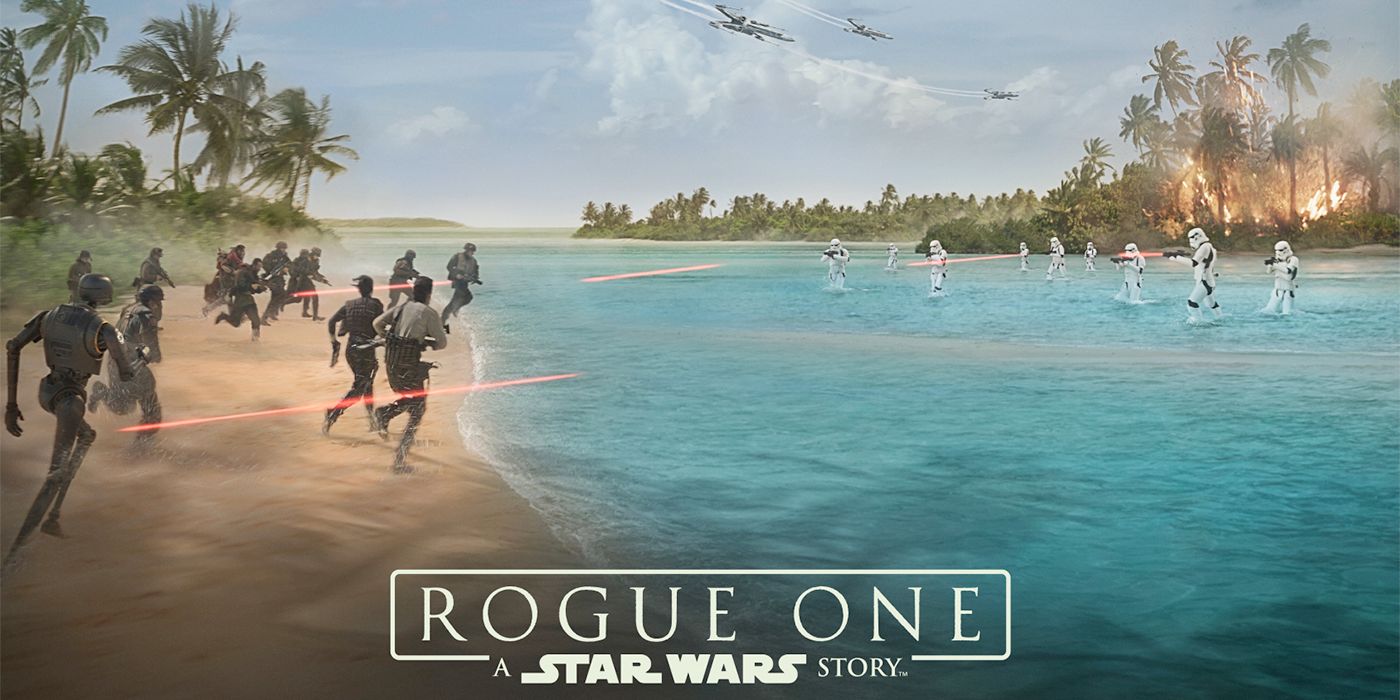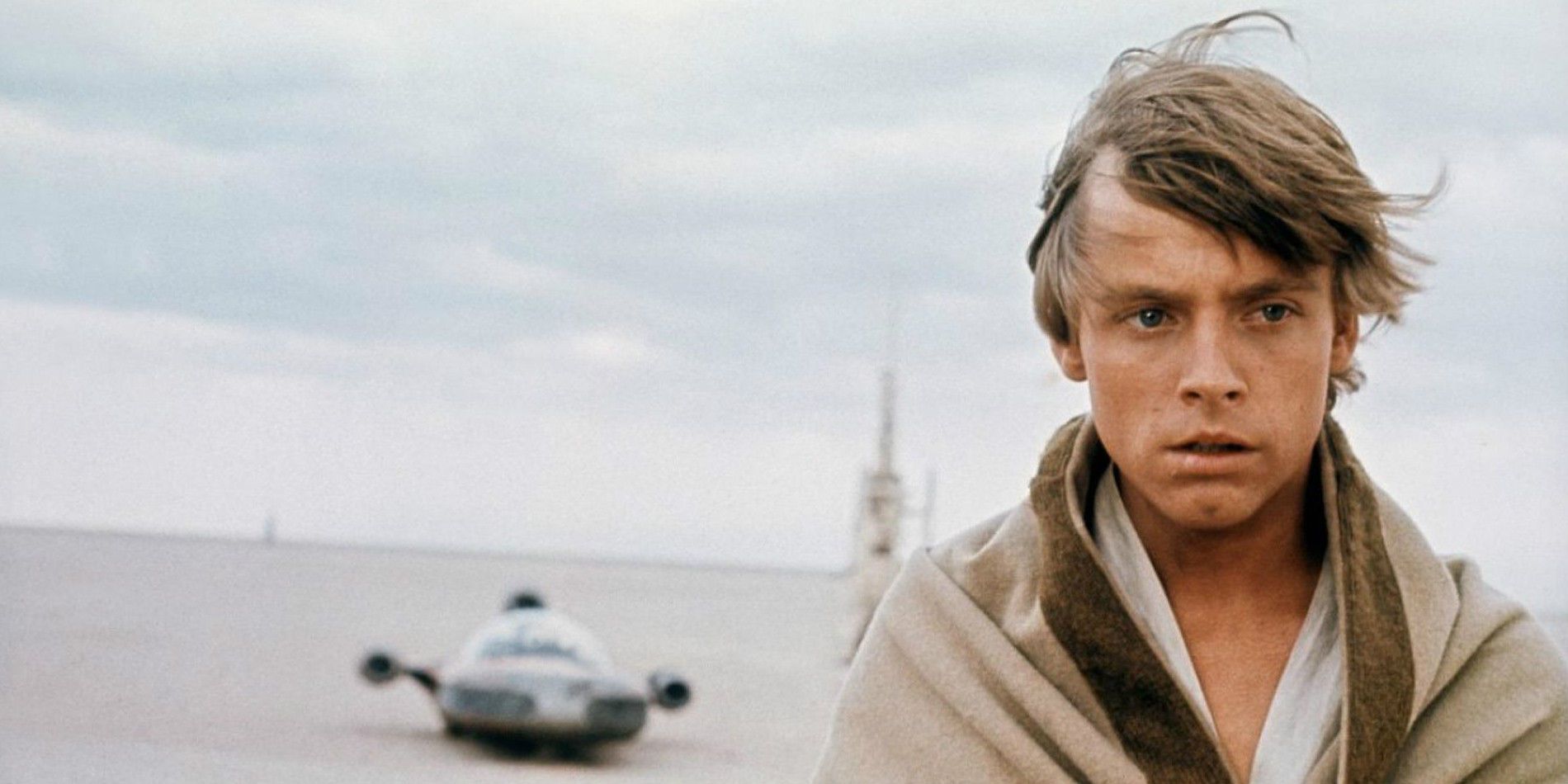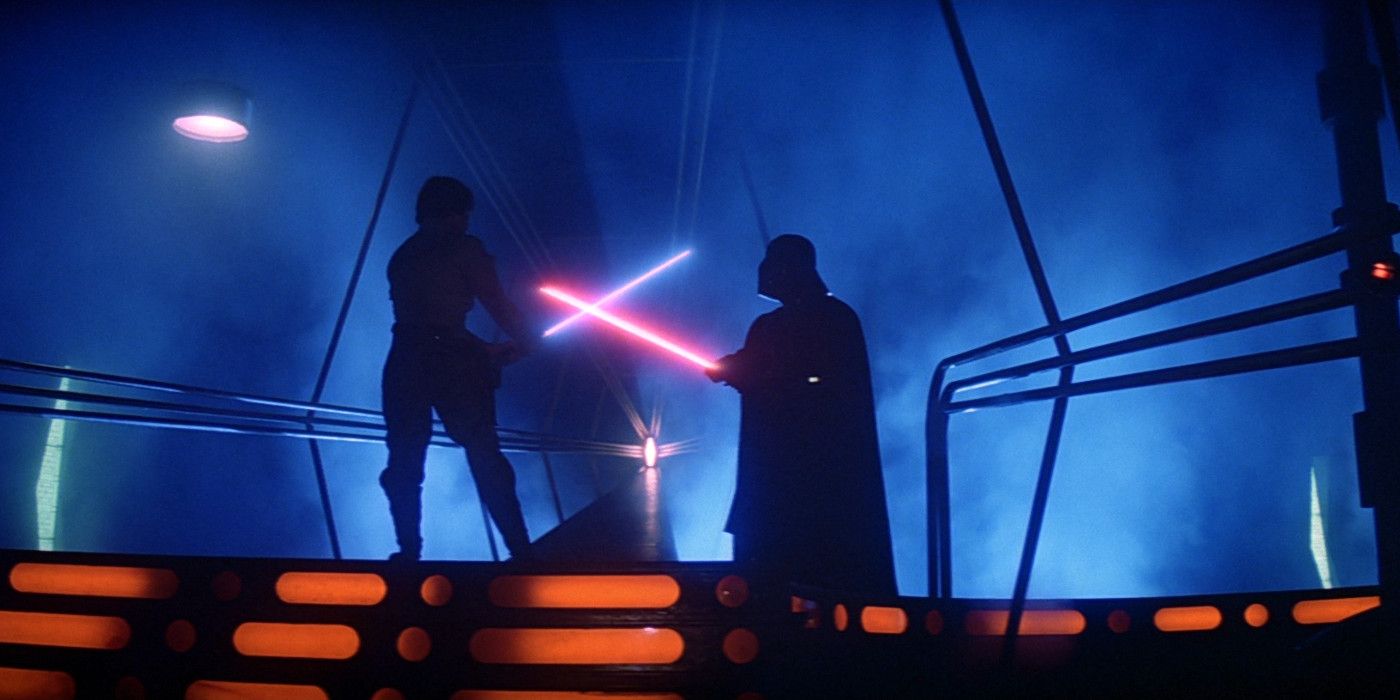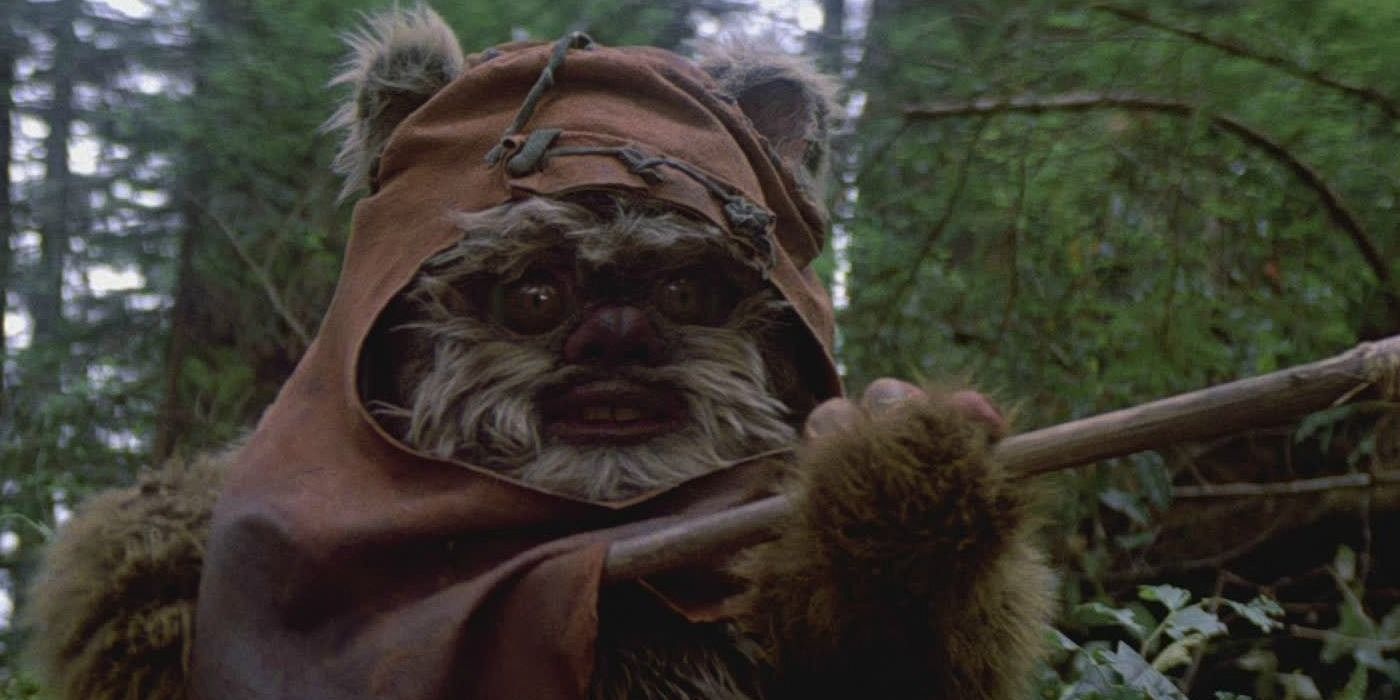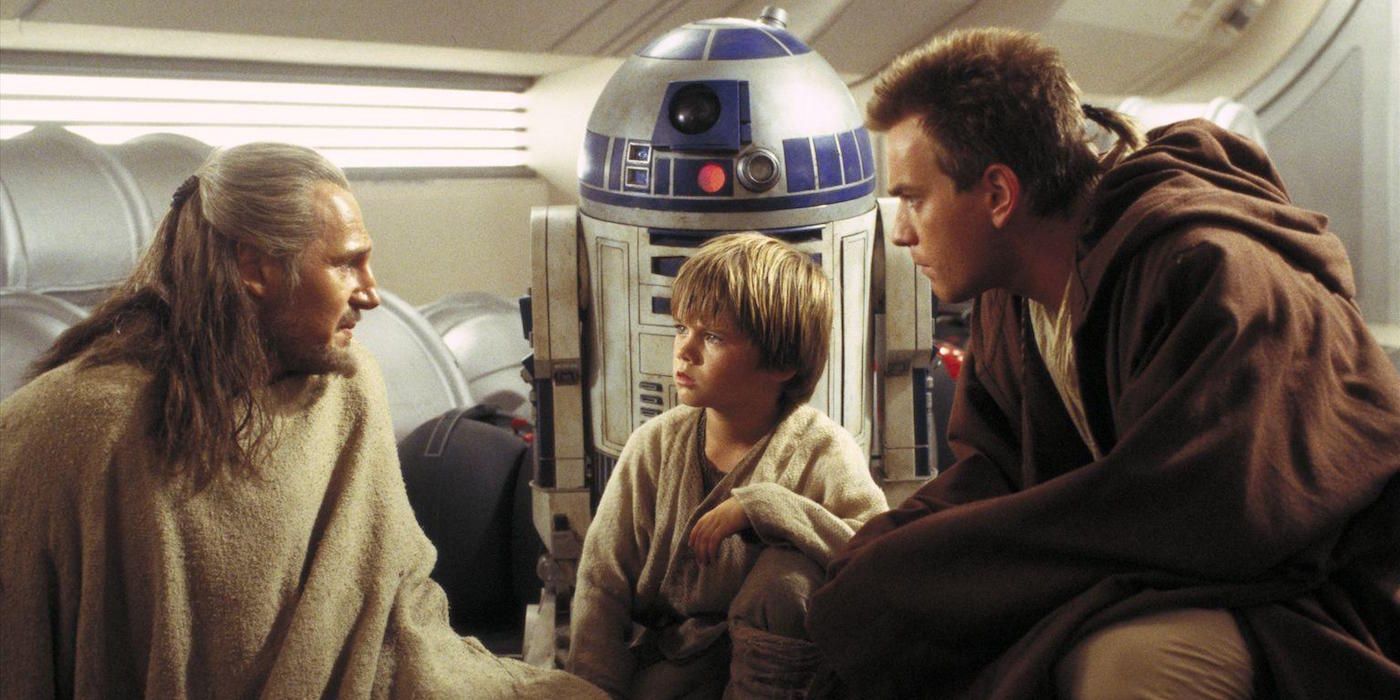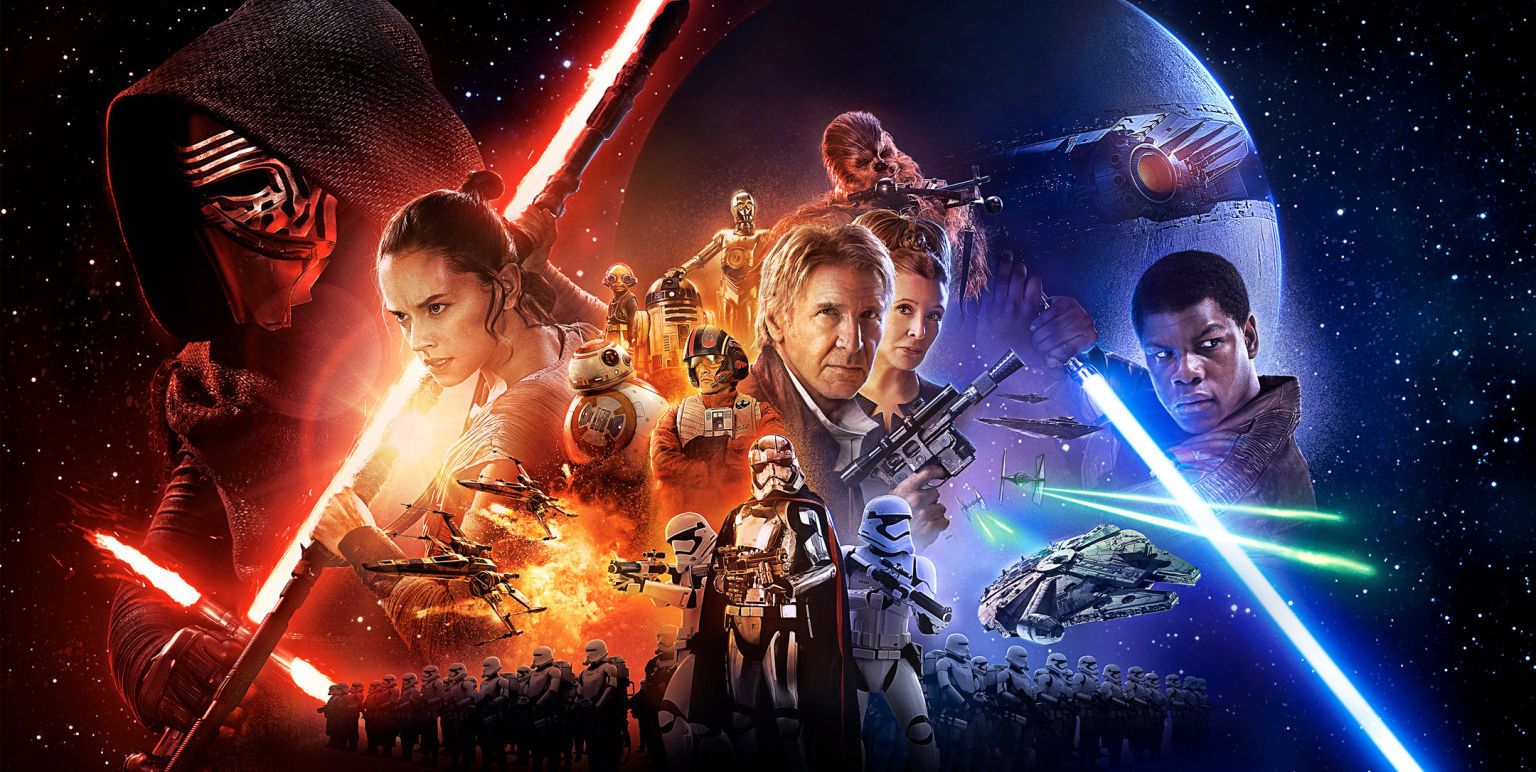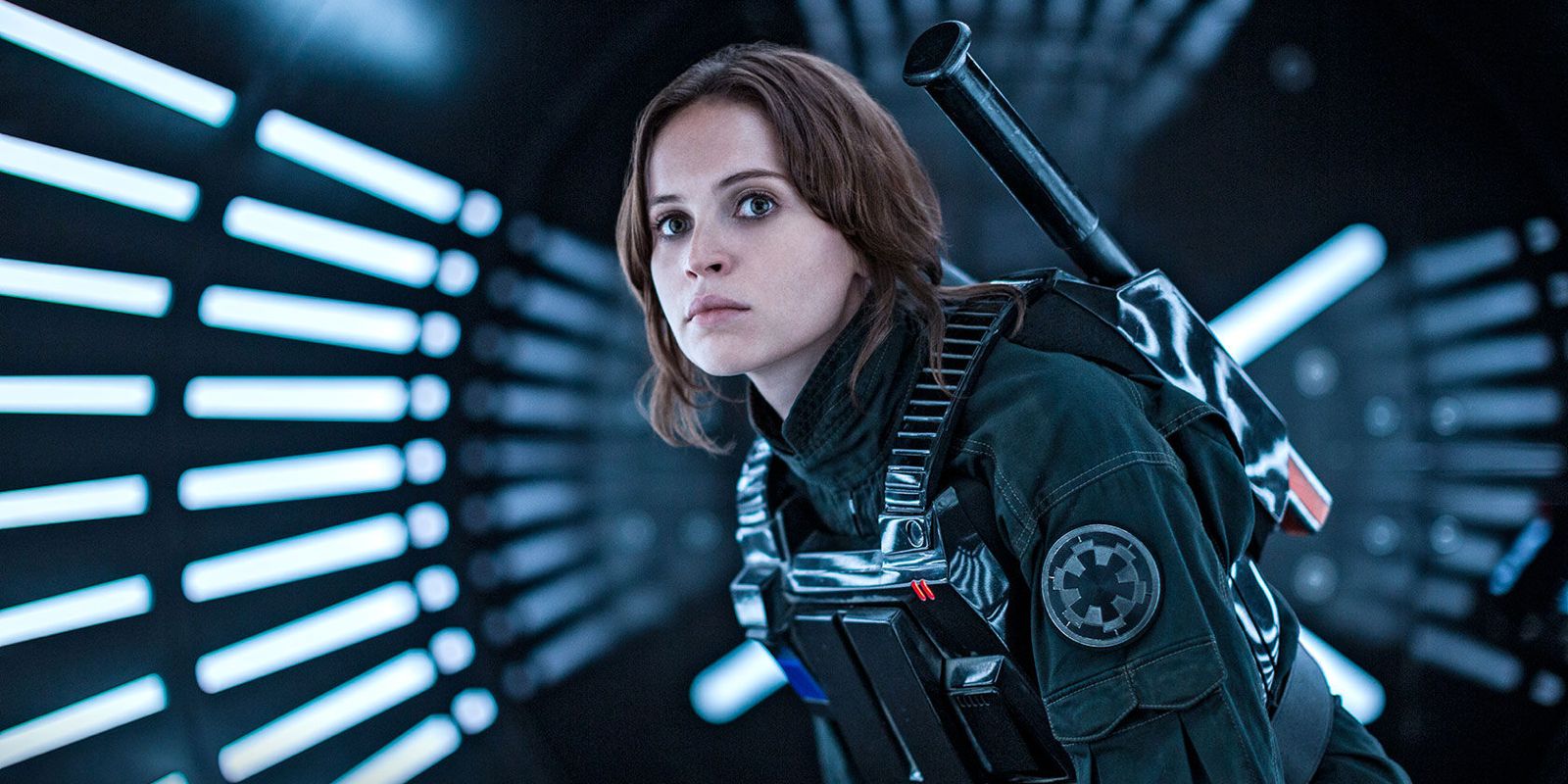Under Disney's ownership, Lucasfilm is expanding the Star Wars universe in a multitude of ways, including annual theatrical film releases. After restarting the Skywalker family saga with Star Wars: The Force Awakens last year, the studio is prepared to unveil the first live-action spinoff this December. Gareth Edwards' Rogue One: A Star Wars Story will flesh out the Galactic Civil War shown in the original trilogy, introducing a new team of Rebel Alliance heroes and giving fans more of Darth Vader on the big screen.
As has been said countless times before, it's an exciting time to follow the galaxy far, far away. However, the sense of anticipation surrounding Rogue One turned into uneasiness once word of the film's reshoots became public. As people tried to understand the situation, the plethora of reports painted a very muddled picture, calling to question which rumors were legitimate and which were false. Fortunately, the pickups are now complete and the movie remains on target for its scheduled premiere date, so things don't appear to be so dire. Yet, news that Tony Gilroy was heavily involved in the reshoots (collaborating with Edwards) caused some to wonder what was really going on.
Allegedly, the arrangement is amicable, as Gilroy has a working history with Edwards and Lucasfilm president Kathleen Kennedy's husband, Frank Marshall. Hopefully, the end result fans see will support those claims. Understandably (especially given the reports that Suicide Squad was interfered with), viewers are now cautious about how Rogue One will turn out. But at this time, it's important to note that it's rare for a Star Wars film to sail smoothly through production. In fact, it's something of a franchise tradition for there to be problems. Let us explain.
A New Hope
The original Star Wars film infamously had one of the most troubled productions in Hollywood history. Back when the property was just George Lucas' strange little space movie, nobody really knew what to make of it and many were afraid it would be a flop. Twentieth Century Fox had originally approved of a budget of $8 million and "got a bit scared" when the filmmakers asked for more money. A New Hope ended up costing $11 million after the studio reluctantly agreed to acquiesce to the team's requests. Production had fallen behind schedule, and Lucas was under tremendous pressure to finish photography quickly or lose the project. Additionally, the actors didn't take the material seriously, believing they were making a silly film for kids.
Filming in Tunisia was a nightmare for Lucas. The location saw a freak rainstorm, its worst in 50 years. Due to malfunctioning props and electronic equipment, it was impossible to get all the shots on time and there were numerous delays. When Star Wars moved to the controlled environment of Elstree Studios in London, things didn't get much better. Lucas had to abide to the strict English regulations, meaning each day had to wrap at 5:30 p.m. unless he was in the middle of a scene. New visual effects company Industrial Light & Magic had difficulties ironing out the then unprecedented visual effects, blowing a majority of their budget on shots Lucas deemed unusable. Despite all this, Star Wars turned out phenomenally well, earning a Best Picture nomination and setting box office records. It's one of the most influential films ever made.
The Empire Strikes Back
The sequel had its own set of issues, once again including those pertaining to filming locations. For the ice planet Hoth, director Irvin Kershner and crew took to Norway, which coincidentally was smacked with its worst snowstorm in... 50 years. Temperatures plummeted to -20 degrees Fahrenheit as 18 feet of snow fell. Certain scenes had to be shot from the hotel lobby, as not everyone was able to get outside to complete the work. When Empire began its Esltree phase, a fire on Stage 3 (from The Shining, which was also in production) caused the budget to be raised to $22 million. And that was only the beginnings of the film's financial woes.
Empire Strikes Back notoriously went well over budget and was one of the most expensive productions ever at the time. In order to maintain creative control, Lucas took out a bank loan to fund the movie himself, and as the costs increased, the bank threatened to pull the loan. Lucas had no choice but to go to Fox and strike a deal with the studio so they would secure a new loan; Fox would be paid more money, but Lucas would retain merchandising and sequel rights. After Empire became a hit and the agreement so obviously favored the filmmaker, Fox's president Alan Ladd, Jr. (one of Lucas' strongest supporters) was forced to quit. Like A New Hope before it, Empire is considered one of the greatest films of all-time and set a new bar for sequels. To many fans, it's the best in the series.
Return of the Jedi
Lucas originally wanted his friend Steven Spielberg to direct the classic trilogy finale, but couldn't bring him onboard since he had dropped out of the Directors' Guild. His options were very limited as a result, and he eventually landed on Richard Marquand, who was known primarily for a Beatles TV movie and the spy drama Eye of the Needle. He was inexperienced in the realm of visual effects, which is obviously a key component of a Star Wars film. Despite being officially credited as the producer, Lucas was more of a second-unit director and had a looming presence on the set.
The book How Star Wars Conquered the Universe briefly touches on Jedi's principal photography. On set, the crew listened to Lucas and followed his lead. If there were ever any problems, the Creator - not the director - would be the one to solve them. While the third film didn't nearly have as many issues as its predecessors had, it certainly wasn't the easiest situation to deal with, and Lucas was exhausted by the end of the process. During the script writing phase, he had disagreements with Lawrence Kasdan over the tone of the film and whether or not one of the main heroes should die. In the end, Return of the Jedi may not have been as acclaimed as the previous movies, but it was still regarded as a rousing and entertaining conclusion to the story that hit enough emotional beats.
The Prequel Trilogy
Horror stories of production on the three prequels are rare. Other than a sandstorm that ruined props from The Phantom Menace, the most troubling concern the team dealt with was Lucas rushing scripts to meet the shooting schedules (again, detailed in How Star Wars Conquered the Universe). Behind-the-scenes footage from those movies show that a majority of them were filmed indoors against blue or green screens, with several elements (including complete environments) added later in post-production. There were certain sequences shot on location, but not nearly as many as before. The prequels ushered in a new era of digital filmmaking.
Coincidentally, the prequels are the most critically-maligned Star Wars movies to date, dividing critics and fans. It's true that the trilogy has several supporters, but there are also just as many who would rather not think about Phantom Menace, Attack of the Clones, and Revenge of the Sith when reflecting on the franchise. It just goes to show that even when things go according to plan, it doesn't mean that the final product is going to be up to par. Obviously, there's no rule that says a movie needs to have production woes in order to become great, but this is definitely an interesting case to explore considering the history.
The Force Awakens
Even the guidance of Disney and a whopping $245 million budget couldn't prevent some problems from popping up on The Force Awakens. Oscar winner Michael Arndt was initially hired to pen the screenplay, and during pre-production he was eventually replaced by the duo of J.J. Abrams and Lawrence Kasdan. Whenever there's a change in the writer(s) on a big-budget film, eyebrows are sure to be raised as people speculate the reasoning for the shift. Once filming moved to Pinewood in June 2014, Harrison Ford fractured his leg when the door of the Millennium Falcon collapsed onto him. Abrams broke his back trying to aid his actor. Production was postponed for two weeks and Abrams used the time off to retool specific scenes and improve the script.
Granted, these incidents aren't nearly as terrible as going over budget or dealing with malfunctioning equipment, but they were still hurdles the team had to clear while working on what was the most anticipated film of all-time. Fortunately for fans across the globe, The Force Awakens reinvigorated the property, shattering box office records while also earning the franchise's best reviews since The Empire Strikes Back. It was even named one of the 10 best movies of the year by the American Film Institute, a rare accomplishment for a Hollywood blockbuster. Once again, fans are excited about the future of Star Wars and any worries they had before the movie came out seem silly in retrospect.
Conclusion
Of course, this isn't proof that Rogue One will be the compelling war drama viewers want it to be. For every great film that goes through hell to reach theaters (Jaws, Apocalypse Now, Mad Max: Fury Road), there are plenty examples of troubled productions dooming a movie before it's released. Time will tell what happens to the first Star Wars anthology. It's just worth pointing out that this series in particular frequently has issues arise during filming, so the Rogue One drama isn't anything new.
One only has to look at one of Star Wars' contemporaries for another instance of a difficult production resulting in an excellent film. Star Trek Beyond saw a complete overhaul of its creative team weeks before principal photography commenced, calling upon Simon Pegg and Doug Jung to write an entirely new script. That movie is one of the better reviewed offerings of the summer, illustrating that it's virtually impossible to gauge a film's potential quality from headlines and trailers alone. Fans just have to wait and see, and hopefully Rogue One becomes the latest Star Wars film to parlay troubles into tremendous success.
Rogue One: A Star Wars Story opens in U.S. theaters on December 16, 2016, followed by Star Wars: Episode VIII on December 15, 2017, the Han Solo Star Wars Anthology film on May 25, 2018, Star Wars: Episode IX in 2019, and the third Star Wars Anthology film in 2020.

